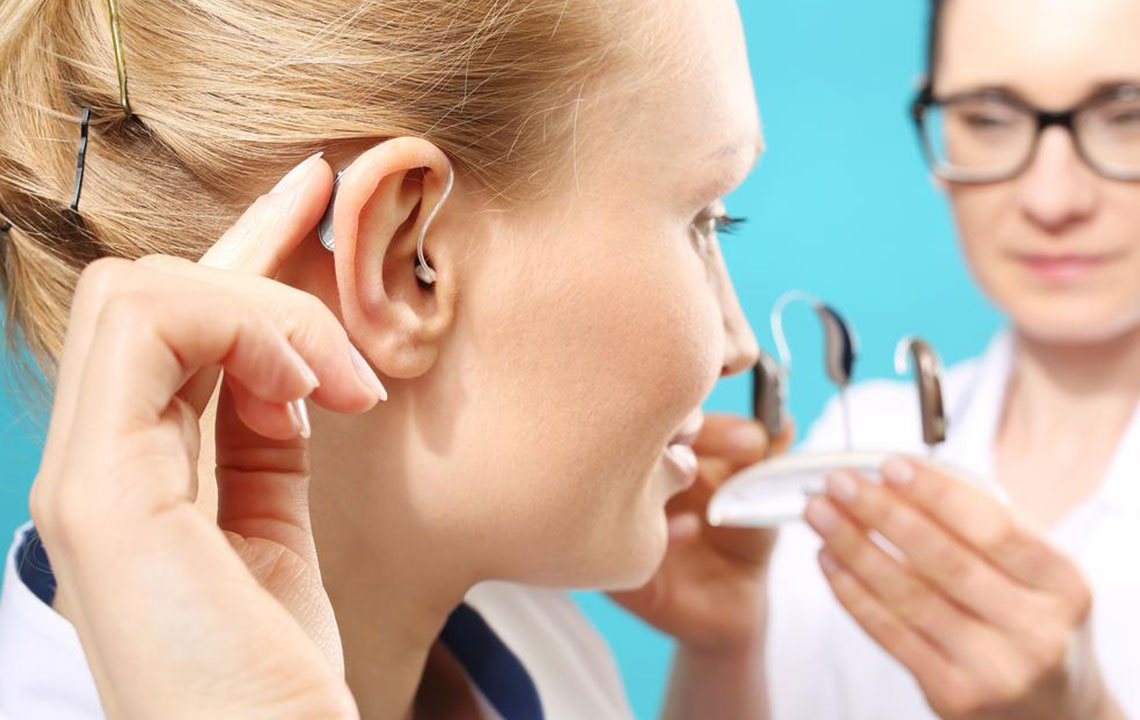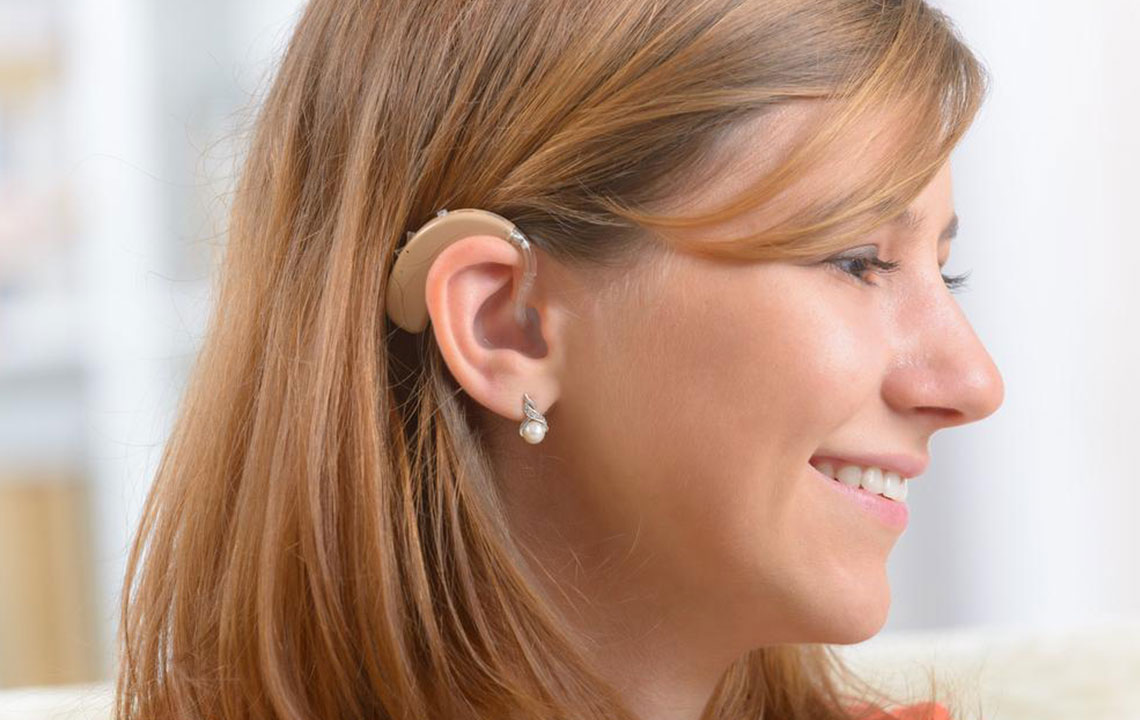Comprehensive Guide to Choosing the Best Hearing Aids: Key Features You Need to Know
This comprehensive guide explores essential features to consider when choosing a hearing aid, including telecoil technology, digital feedback control, and directional microphones. Understanding these features helps improve sound clarity, comfort, and usability across different environments, making it easier for users to select the most suitable device for their hearing needs. Whether in public venues or social gatherings, the right hearing aid can dramatically enhance communication and quality of life. An informed choice ensures better hearing health and greater confidence in daily interactions.

Essential Features to Consider When Selecting the Perfect Hearing Aid
Hearing loss is a common concern affecting millions of people worldwide, profoundly impacting daily communication, social interactions, and overall quality of life. Fortunately, technological advancements have led to a wide array of hearing aids designed to restore sound clarity and improve listening experiences. However, choosing the right hearing device can be challenging without understanding the key features that contribute to optimal performance. Whether you're experiencing mild, moderate, or severe hearing impairment, understanding these essential features will help you make an informed decision tailored to your lifestyle and hearing needs.
This comprehensive guide will explore the three most critical features you should look for in a hearing aid, including telecoil technology, digital feedback control, and directional microphones. Each feature plays a pivotal role in enhancing sound quality, comfort, and usability, ensuring that users get the most out of their investment and experience clearer, more natural hearing in various environments.
Telecoil Technology: Improving Sound Clarity in Public Spaces
Telecoil, also known as T-coil, is a small copper coil integrated into many modern hearing aids. This ingeniously simple yet powerful feature is designed to improve the listening experience in settings equipped with compatible sound systems. When activated, the telecoil captures electromagnetic signals transmitted from specialized audio induction loop systems embedded in public venues such as theaters, conference halls, museums, airports, taxis, and public transportation vehicles. This technology converts the electromagnetic signals into sound that the hearing aid amplifies, providing clearer and more direct audio input.
For individuals with moderate to severe hearing challenges, telecoil technology can be a game-changer. It significantly enhances speech understanding by minimizing background noise, reverberation, and ambient sounds that often complicate hearing in crowded or noisy environments. By reducing these disturbances, users can focus more accurately on conversations and spoken words, leading to better communication and social engagement.
In practical terms, enabling the telecoil allows users to hear spoken words more distinctly, especially in public addresses, live performances, and meetings. Since the telecoil operates through an inductive loop, it does not require a direct wired connection to audio sources, making it a convenient and efficient feature. Modern hearing aids often come with this feature as a standard, underscoring its importance in everyday hearing enhancement strategies.
The telecoil is an essential feature that amplifies speech while filtering out unwanted sounds. It relies on an induction loop system surrounding the environment, transmitting electromagnetic signals directly to the telecoil in the hearing aid. This setup ensures that users can enjoy high-quality sound in challenging environments, making telecoil technology indispensable for those who frequently navigate public spaces or attend events where enhanced speech clarity is critical.
Digital Feedback Control: Ensuring Comfort and Clear Hearing
Feedback sounds, often experienced as high-pitched whistling, can significantly diminish the comfort and effectiveness of a hearing aid. Digital feedback control is an advanced feature incorporated into most contemporary hearing devices to address this common issue. It utilizes sophisticated algorithms to detect and suppress feedback signals electronically, maintaining a smooth, whistling-free listening experience.
Feedback suppression technology effectively minimizes the high-frequency sounds that occur when the hearing aid slightly shifts position in the ear or when the fit is not perfect. Not only does this improve overall comfort, but it also enhances sound quality, allowing users to enjoy clearer speech and environmental sounds without intrusive noise. Additionally, digital feedback control supports better ventilation within the device, preventing occlusion and discomfort, especially for those with good low-frequency hearing.
To maximize the benefits of feedback control, proper fitting and periodic adjustments by a hearing care professional are recommended. Ensuring a snug yet comfortable fit enhances the device’s ability to suppress feedback effectively, leading to a more enjoyable listening experience in a variety of everyday situations.
Directional Microphones: Focusing on What's Important
One of the most critical challenges for hearing aid users is distinguishing important sounds from background noise. Directional microphones are engineered to help users focus on sounds coming from specific directions—most notably, from in front of them—while reducing the intensity of sounds from other directions.
These microphones are especially beneficial in noisy environments such as busy restaurants, social gatherings, or bustling streets where multiple sounds compete for attention. By emphasizing forward-facing sounds, directional microphones enable clearer conversations, better localization of sound sources, and reduction of environmental distractions.
Many modern hearing aids feature adaptive directional microphones that automatically switch between omnidirectional mode (capturing sounds equally from all directions) and directional mode based on ambient noise levels. This seamless switching optimizes hearing clarity and comfort whether the user is in a quiet room or a noisy outdoor setting. Such features are vital for maintaining effective communication and situational awareness in dynamic environments.
In conclusion, selecting a hearing aid with advanced features like telecoil, digital feedback control, and directional microphones can significantly improve your hearing experience. Understanding these key technologies empowers you to choose a device that best meets your specific hearing needs and lifestyle demands, ensuring enhanced sound clarity, comfort, and confidence in various social and public settings.





